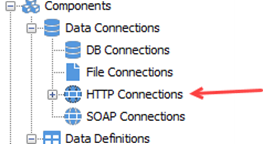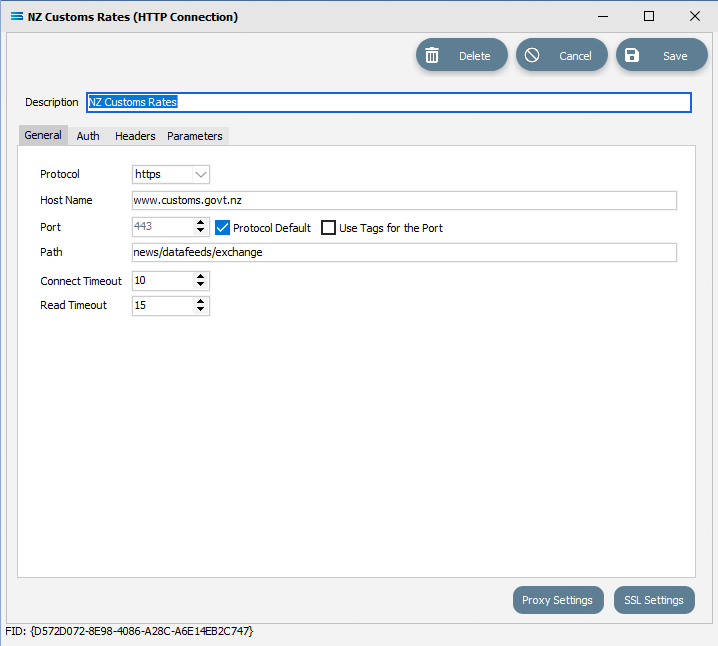HTTP Scripting
An acronym for Hypertext Transfer Protocol, HTTP is the foundation of the World Wide Web, and is used to load webpages using hypertext links.
HTTP is an application layer request-response protocol, designed to give users a way to transfer information between networked devices, and runs on top of other layers of the network protocol stack.
HTTP Requests are messages sent by the client to initiate an action on a server, which prompts the server to send back a response message to the client. The client may send multiple requests to the server, repeating the cycle as required. Every request is considered to be a separate transaction - there is no inherent state maintained about the user, and a connection is not held open between requests. To get around this limitation, servers use cookies and session headers.
HTTP Responses are the replies that are fired back from a server in response to the HTTP Request. Responses will contain a reply code that informs the requestor about the status of the request, along with any relevant or requested resources.
HTTP Requests and HTTP Responses have a similar structure.
They both have a Start-Line – for a request this is a Request-Line, and for responses this is a Status-Line. This Start-Line is followed by optional Message Headers, a Blank Line, and an optional Message Body.
The Start-Line and Message Headers are collectively known as the head of the requests, whereas its payload (Message Body) is known as the body.
Within Statelake, the HTTP object supports a number of properties and methods to enable Custom Script Actions and Map events to invoke HTTP requests, and take appropriate action in response to the results of those requests.
To simplify and support the use of the HTTP object, an HTTP Connections type is available on the Statelake configuration hierarchy. HTTP Connections objects are used to configure properties of the HTTP servers, and services invoked from the script object.

The HTTP script object is fully integrated with Action Logging, with request and response traffic resulting from use of the object being fully incorporated in the HTTP Trace tab of Action Logs as appropriate, as shown below.

The basic operation of the HTTP object is as follows -
Set the HTTP Connection
Open a URL with the required HTTP method
Set request headers/parameters (optional)
Supply request content (optional)
Send the request
Process the response (optional)
HTTP Connections
You can either identify the HTTP server and connection details through the HTTP Connections screen form, or programmatically. The first step in using the HTTP object in a script Action or Map event, is to identify the HTTP Connection object that contains the configuration details of the HTTP service to be invoked.
For example, an HTTP Connection has been created called NZ Customs Rates. This connection has been appropriately configured for the NZ Customs web service API. The properties of that connection object will include the appropriate OAuth credentials, and any header or query parameter values that may be required for a successful connection.

A link to this HTTP Connection is then created in either a Map script or an Action Custom Script.
Please make sure to review HTTP Connections.